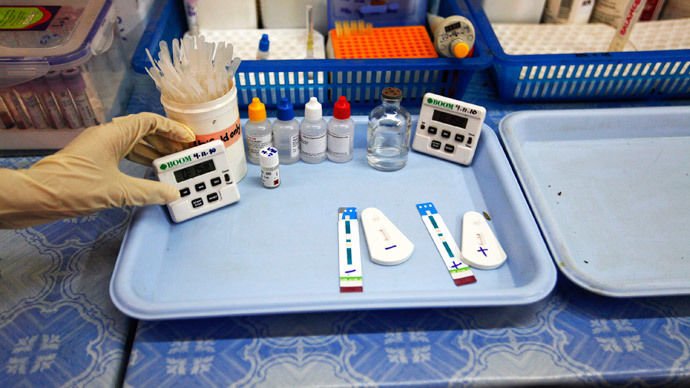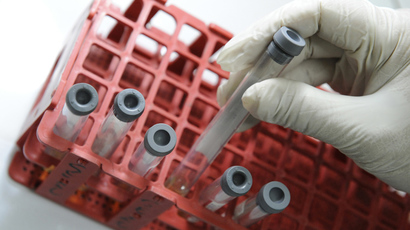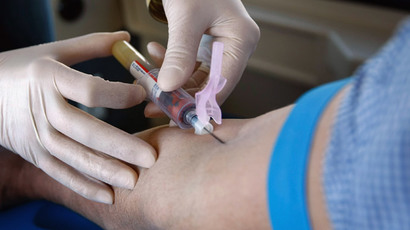Kill or cure: Danish university turns HIV into a tool to fight disease

HIV particles could soon be harnessed in a new way to treat hereditary diseases and the virus itself. Researchers have succeeded in altering HIV particles to repair human genomes in a process known as the “hit-and-run” technique.
The new technology being developed by Aarhus University in Denmark works by “cutting and sticking” in the human genome using modified HIV particles. The altered particles are effectively transformed into vessels to carry "scissors” - to cut out the faulty part of a genome, and biological material - to patch the hole.
The potential applications of such a technique could be used to treat hereditary diseases, as well as HIV itself, writes Aarhus University in a press release on their website.
"Now we can simultaneously cut out the part of the genome that is broken in sick cells, and patch the gap that arises in the genetic information which we have removed from the genome,” says associate professor in genetics, Jacob Giehm Mikkelsen, of Aarhus University.
He said the new technology equips the HIV particles with both the “scissors and the patch in a fashion that no one else has done before."
Previous research in HIV has shown that HIV particles can be transformed into vessels for genetic data, but the new technique has refined this process and made it safer.
"In the past, the gene for the scissors has been [sic] transferred to the cells, which is dangerous because the cell keeps on producing scissors which can start cutting uncontrollably,” said Mikkelsen. The new “hit-and-run” process uses scissors made from a form of protein, which only function for a couple of hours before dissipating.
"We call this a 'hit-and-run' technique because the process is fast and leaves no traces,” said Mikkelsen.
The process could also be employed in the fight against HIV, researchers say. The “hit-and-run” technique could be used to modify cells to make them resistant to the HIV infection.
"So in this way HIV can in time become a tool in the fight against HIV," says postdoc and PhD Yujia Cai of the research team.
Researchers have made headway this year in the search for HIV treatment. In January, the Immunity Project announced it was developing a vaccine for HIV based on the cells of rare “controllers” who are naturally immune to the virus.
It uses a machine-learning algorithm to examine the cells of these individuals and then to recreate the same resistance in others.
The project’s creators say that a working vaccine could be made available to the public by 2016.














